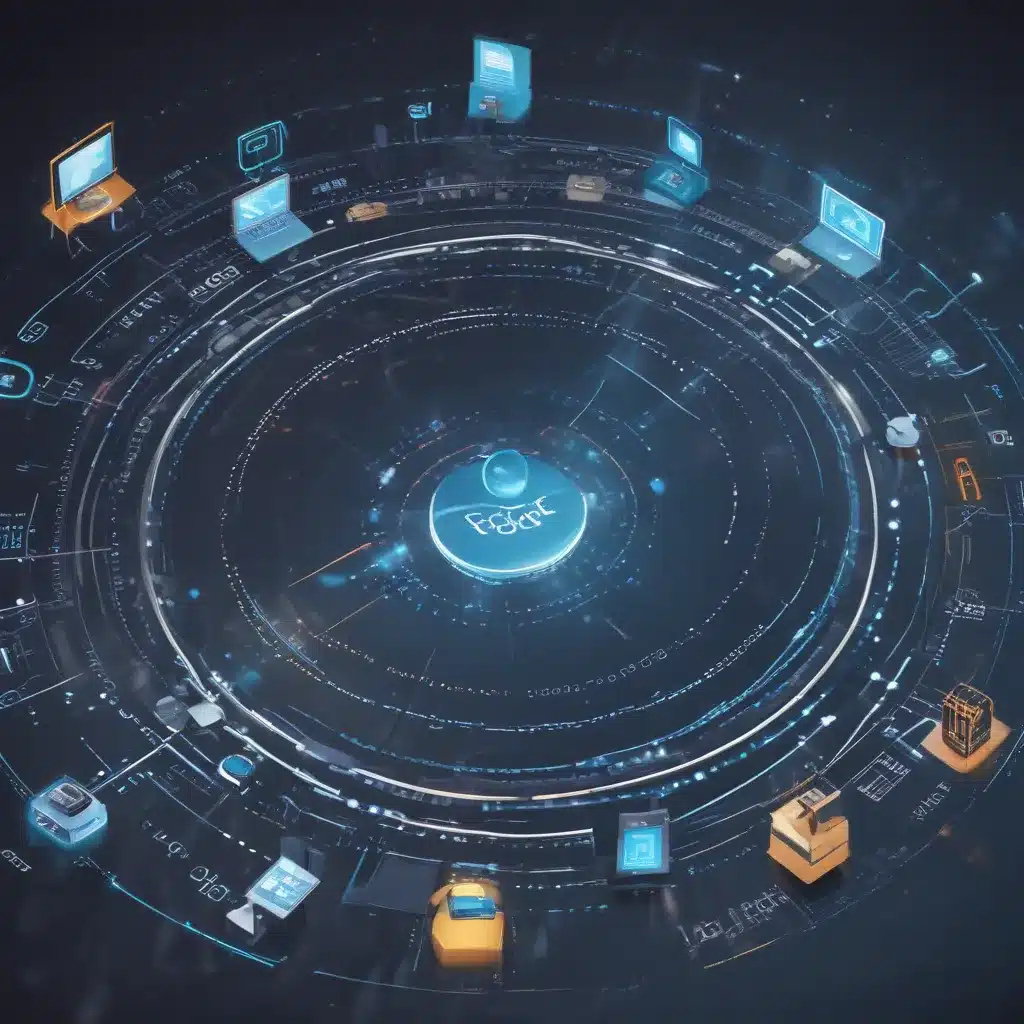The Rise of IoT and the Need for Edge Computing
We live in a world that’s more connected than ever before. The Internet of Things (IoT) – that vast network of devices, sensors, and machines all exchanging data – has taken the world by storm. From smart homes to self-driving cars, IoT is revolutionizing the way we live, work, and play.
But with this explosion of IoT devices comes a challenge: what do we do with all that data? Sending every bit of information from millions of sensors back to the cloud just isn’t practical. The sheer volume would overwhelm even the most robust cloud infrastructure. That’s where edge computing comes in.
Edge computing is the process of analyzing and acting on data right at the source, rather than shipping it off to a distant data center. It’s computing on the edge, if you will – closer to where the action is happening. And it’s proving to be a game-changer for IoT.
The Power of Edge Computing for IoT
By performing computations and making decisions closer to the edge of the network, edge computing solves some critical problems for IoT systems. For one, it drastically reduces latency. When an IoT device needs to make a quick decision – like an autonomous vehicle swerving to avoid a obstacle – there’s no time to send data to the cloud and wait for a response. Edge computing allows that decision to happen instantaneously, right where it’s needed.
Edge computing also helps conserve bandwidth. Rather than sending reams of raw sensor data to the cloud, edge devices can analyze and filter that data, transmitting only the most essential information. This not only speeds things up, but also saves money on costly cloud storage and processing.
And perhaps most importantly, edge computing enhances security and privacy. When sensitive data never leaves the local network, it’s much less vulnerable to cyberthreats. Companies can maintain control over their most critical information, rather than trusting it to a remote cloud provider.
Real-World Examples of Edge Computing in IoT
Let me give you a few examples of how edge computing is transforming IoT in the real world:
Smart Factories: In the age of Industry 4.0, factories are packed with IoT sensors monitoring everything from production lines to inventory levels. Edge devices on the factory floor can process this data in real-time, spotting defects, predicting maintenance needs, and automatically adjusting processes – all without latency-inducing round-trips to the cloud.
Autonomous Vehicles: Self-driving cars generate a massive amount of data from their various cameras, LiDAR, and other sensors. Sending all that data to the cloud for processing would introduce dangerous delays. But with edge computing, the vehicle’s onboard computers can make split-second decisions to avoid collisions, based on instantaneous analysis of the sensor data.
Remote Healthcare: IoT-enabled medical devices like wearable monitors are revolutionizing healthcare, but they generate sensitive patient data that needs to be handled securely. Edge gateways in hospitals or even in patients’ homes can process this data locally, maintaining privacy while still transmitting key insights to clinicians.
The list goes on. From smart cities to precision agriculture, edge computing is empowering IoT to reach its full potential. By bringing computing power closer to the edge of the network, it’s unlocking new use cases and driving innovation across industries.
The Future of IoT is on the Edge
As the number of connected IoT devices continues to explode – projected to reach 41.6 billion by 2025 [1] – edge computing will only become more crucial. The sheer volume of data these devices generate will overwhelm even the most robust cloud infrastructure. And for applications that demand instantaneous responses, cloud-based processing simply won’t cut it.
That’s why leading tech companies are investing heavily in edge computing solutions. Red Hat, for example, offers a portfolio of enterprise software optimized for lightweight deployment at the edge [2]. And companies like MachineMetrics are building edge platforms that can collect data from industrial IoT systems and run applications locally [3].
The future of IoT is on the edge. By bringing computation and storage closer to the source of the data, edge computing is solving the scalability, latency, and security challenges that have hindered IoT adoption. And it’s opening up a whole new world of possibilities for innovators and entrepreneurs.
So if you’re looking to harness the power of IoT in your business, keep a close eye on edge computing. It just might be the missing piece of the puzzle.
References
[1] Knowledge from https://www.redhat.com/en/topics/edge-computing/iot-edge-computing-need-to-work-together
[2] Knowledge from https://www.redhat.com/en/topics/edge-computing/iot-edge-computing-need-to-work-together
[3] Knowledge from https://www.machinemetrics.com/blog/edge-computing-iot













